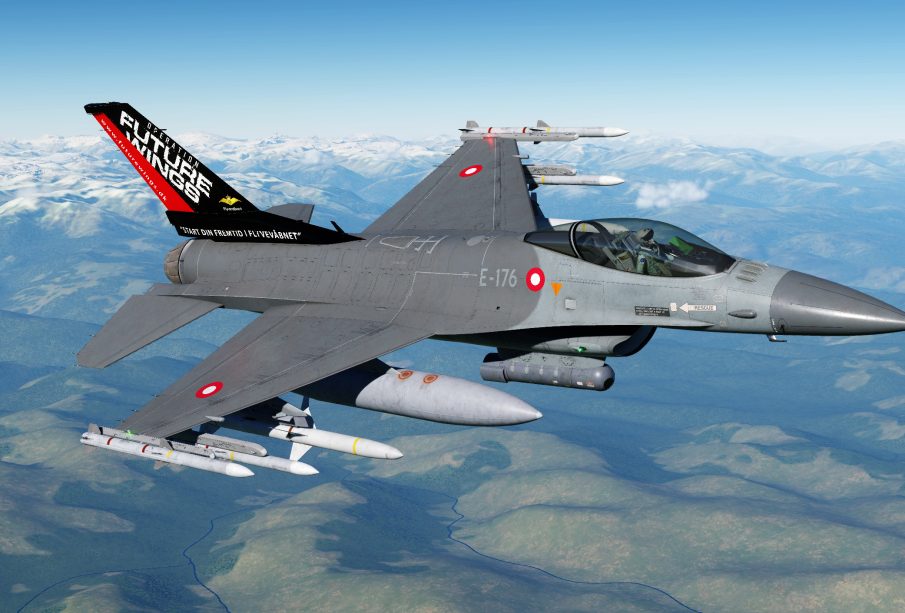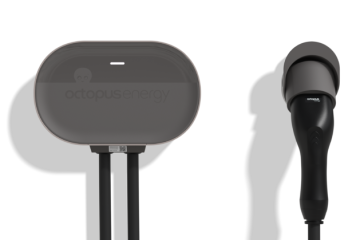Recent Developments at EDF Energy

Introduction
The Électricité de France (EDF) is one of the world’s largest energy producers, and its developments have significant implications for the energy market and environmental policies globally. With the ongoing transition towards renewable energy sources, EDF’s strategies and investments are crucial for understanding the future of energy production, especially in the wake of recent economic pressures and climate commitments.
Current Events and Strategies
As of 2023, EDF has been at the forefront of the energy transition in Europe, focusing on increasing its renewable energy capacity. The company aims to invest around €24 billion in its nuclear and renewable sectors over the next five years, as part of its strategy to not only enhance energy security but also to reduce carbon emissions significantly. This move aligns with the European Union’s objective to achieve net-zero emissions by 2050, and it reflects a broader trend among energy companies to pivot towards sustainability.
In July 2023, EDF announced plans to construct six new EPR2 nuclear reactors in France, which are expected to be much more efficient than their predecessors. This ambitious initiative is projected to provide a substantial amount of low-carbon electricity, addressing both domestic energy needs and France’s commitment to decarbonisation. Additionally, EDF has ramped up investments in offshore wind farms, aiming to diversify its energy portfolio and reduce dependency on fossil fuels.
Challenges Faced
Despite these positive developments, EDF faces several challenges. Rising construction costs, regulatory hurdles, and public resistance to nuclear energy projects pose significant obstacles. The company has also experienced delays in nuclear refurbishment projects which are essential for maintaining its existing energy supply. Moreover, the energy crisis resulting from geopolitical tensions, particularly the conflict in Ukraine, has added to the complexity of securing reliable energy sources amid rising prices and supply shortages.
Conclusion
The trajectory of EDF is indicative of larger trends in the global energy landscape, where the balancing act between traditional energy production and renewable sources is becoming increasingly critical. As EDF continues its investments in both nuclear and renewable energies, its efforts will be closely watched not just for their potential financial returns but also for their environmental ramifications. Moving forward, the company’s ability to navigate the challenges of modern energy production will be crucial for its success and for the broader energy market’s evolution in the coming years.









